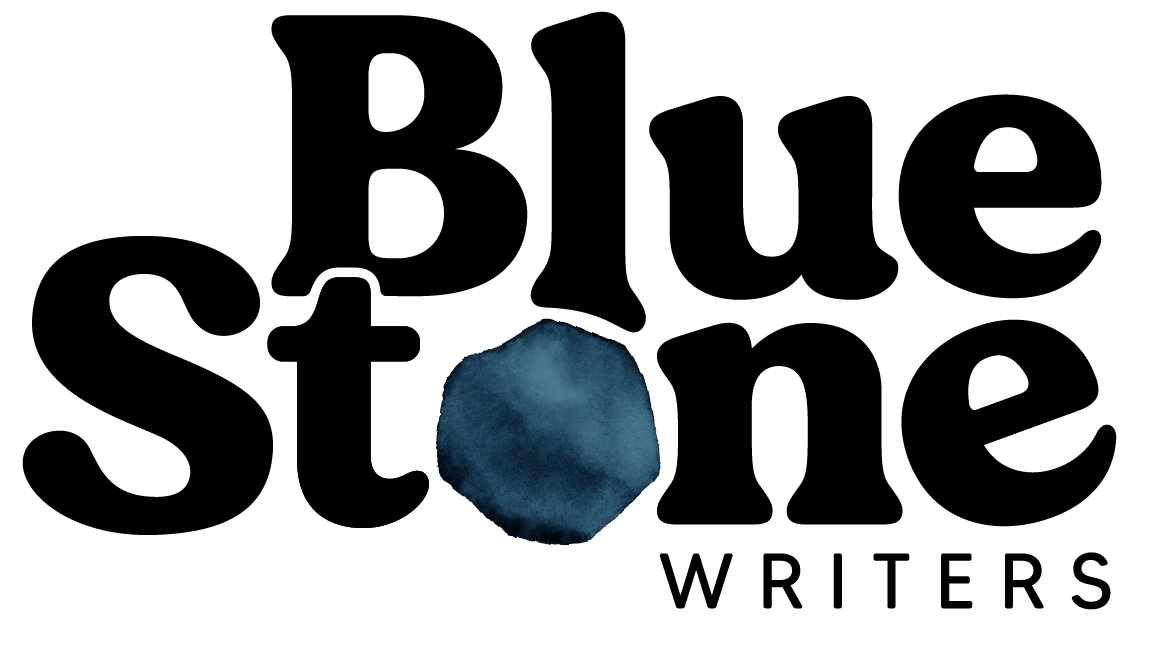This is me telling a story at Wild Moon but also an illustration of how gleeful I was the whole time! Photo by Barton Wilder Custom Images.
I had the privilege this past month of co-leading an amazing retreat with friend/writer Cecily Sailer, the founder of Typewriter Tarot, in the gorgeous hill country. Cecily’s mom, Donna Diggons, happens to be a birding expert (!), so we invited her to come out and lead a morning nature hike along the winding border of Full Moon Ranch.
Donna guided us down through the dry creek bed and across the crisp winter grass. She would pause to listen for local birds, coaxing them out of the brush with gentle clucking noises. A mockingbird followed us for a little while, hopping from juniper to juniper. A kestrel swooped so low, it inspired a collective "Ooooh” from our nature lovers. Vultures were starting to soar overhead, ready to ride the warming currents. We scooped up limestone and flaking bits of flint, examining the ground beneath us. The sky was so blue.
Looking up at Full Moon Ranch. Photo by me.
At a high point, Donna mentioned how we could recreate this magic in less rural settings—in our own neighborhoods or even our own backyards. “I like to get small,” she said. Donna encouraged us to wait for that transitory time between light and dark, and be still and quiet (safely, with a flashlight off but handy), and basically blend in. “You’ll be surprised by what comes to you,” she said.
I wondered if it could be the same thing with words. Or both! Wildness and words! If we sit still and observe, our heads can clear and better absorb the delicate descriptions of sight, sound, smells, and more. Though it’s chilly at night, I think it’s the perfect time of year to get small outside, particularly with the full moon on its way, and to write some wondrous observations and stories.
We can use the power of quiet, of listening, to coax words and stories out of the dark.
Ready to write? Let’s go.
Head outside at twilight,* hopefully with a little light left to jot down some notes. You could also choose to do this right as the sun rises, and if you do so, please tell me and I will admire you forever. Is it cold? Wrap up warm. You won’t be outside long unless you want to. Bring a pen and some paper. Try to find a spot where you can sit unobserved (by humans).
*My recommendation here would be to get a good grasp of 1-5 before you head out, so that you can leave your device inside. 2-4 are basically: look up/write, look down/write, look ahead/write. Read on.
Shut your eyes for a moment. Open them again and look up. What do you notice? The moon rising? A jet trail? A squirrel racing across a wire? Jot down some notes. Record at least five observations.
Shut your eyes again. Open them and look down. What do you notice? Dark grass? Stone? How does it smell? Sharp, fresh, sour? How does it feel beneath your feet? To your hand? Write down five observations.
Shut your eyes one last time. Open them again and look straight ahead. What do you notice? Another home? A wall with a twisting vine? A street lamp? An urban coyote? A suburban deer? Again, write down five observations.
Head back inside if you need more light, or sit still to write some more. What are the emotions you associate with this transitory time of day? How does it feel, and why? You may have already touched on this. That’s okay. Write for 4.5 minutes.
Pause to wrap up your writing before moving on. Ready? Okay.
Pick one element from your observations to be the symbol for this moment you sat outside, waited, and watched. It could be the lamp, the vine, the coyote. It could be that first star you noticed breaking through the dark. Pick one element, and tell us more about its origins. Where did it come from? What is its name? What is its purpose? Write for 6.5 minutes.
Imagine another person on the other side of the world (or on another world) waiting for twilight—could be one of your characters in a world you’re working on at the moment, or something brand new.
Take your symbol—your vine, your lamp, your coyote—and bring it to your character’s attention. Describe how your character observes it as it comes into view. Is this a wacky/weird thing to do with the symbol you’ve chosen? Even better!
Write for 14 minutes, describing how your character engages with their world and this symbol during this time of growing dark or growing light. Keep going beyond the 14 minutes if you feel led, or let yourself rest after the clock runs out—you can always come back to this scene.
Thank yourself for taking the time to sit, observe, and invite cool words and ideas to come to you.



